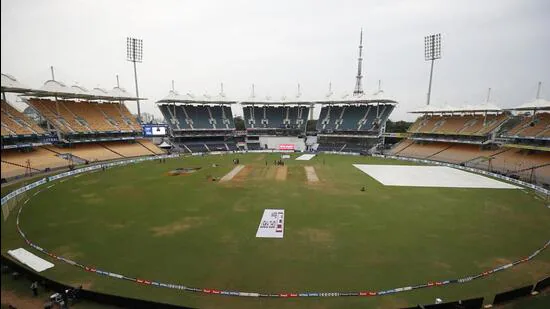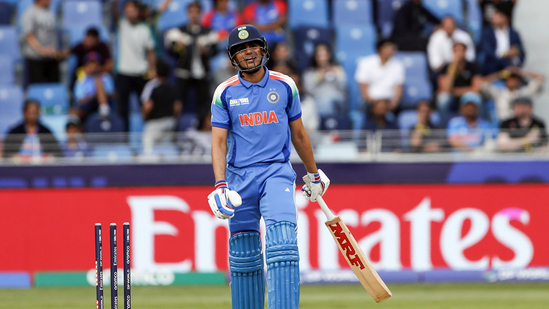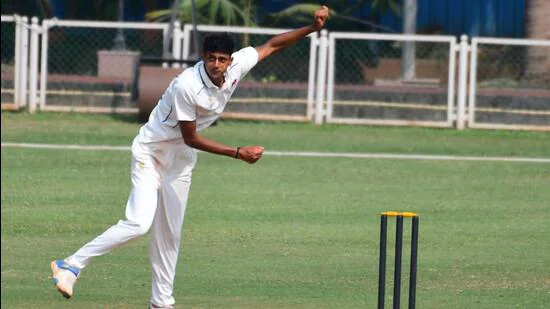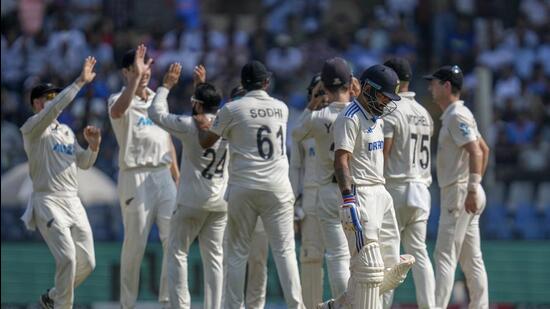IPL expansion delay could result in ₹4,720cr revenue shortfall
Mumbai: While the Board of Control for Cricket in India has not explicitly stated it, it is widely understood that the complexities of the broadcast market will likely prevent an increase in the number of IPL matches from 74 to 94 in the upcoming rights cycle (2023-27). This was evident during the Saturday IPL governing council meeting, where player salary calculations for the next three years were provided to franchises based on the current arrangement of 74 matches per season.

When IPL’s media rights went on sale, the Invitation to Tender was for 410 matches, with years 2025, 2026 and 2027 slated to have 84, 84 and 94 matches respectively. If BCCI sticks to 74 matches, it will result in a revenue shortfall from 40 matches. Each IPL match being worth ₹118 crore, that would mean a revenue fall of ₹4,720 crore for BCCI from an expected ₹48,390 crore.
Players have been protected from taking a hit. In fact, they will benefit with BCCI announcing a match fee of ₹7.5 lakh, over and above their IPL contract value. A player featuring in all 14 league matches stands to earn Rs1.05 crore more.
This additional outlay ( ₹37.80 crore over three years) will be borne by the 10 franchises. They are not pleased. With the average incremental pay (players’ share based on team standings) also going up as well as an increase in the salary cap to ₹120 crore, the average salary pay out for a franchise amounts to ₹146 crore for 2025 — it is up from ₹110 crore. It goes up to ₹157 crore in 2027 with a ₹5 crore incremental revision in the salary purse.
“The increase in the number of matches is not happening now. It’s not ideal that all the additional expenditure comes to the teams,” said one franchise executive.
But BCCI is clear that the franchises have no reason to complain, comfortably placed as they are with the rise in IPL’s central revenue share resulting from a three-fold rise in media rights earnings.
From a long-term view, IPL’s inability to expand to more matches, despite being market-leaders, poses questions on the work that needs to be put in to continue the growth trajectory of the league. In the two seasons of the current cycle, broadcast earnings from advertising have not met the projected numbers; not anywhere close to matching the acquisition costs. With the two IPL broadcasters Viacom 18 and Disney Star set for a mega merger, they are known to be nervy about a longer league phase affecting viewership and a further dent in advertising revenue.
Privately, BCCI is citing player workload as a reason behind the delay in increasing the number of matches, but that view does not cut ice with most in the ecosystem.
Play for India, earn more from IPL
For a player who enters the auction uncapped but becomes capped before any of the upcoming three seasons, his earnings will be revised. This move was introduced last year for players who had to stick with low auction earnings. As per the current arrangement, a player who appears in one international in the interim gets ₹50 lakh. This has been raised to ₹1 crore. For those between 5-9 caps, it will go up to ₹1.5 crore from ₹75 lakh while those playing more than 10 games for India will get ₹2 crore from the current ₹1 crore.
More good news was in store for players as a result of the rise in team salary cap from ₹100 crore to ₹120 crore. The base price of capped players for the auction will go up from the existing ₹50 lakh, ₹75 lakh and ₹1 crore to ₹75 lakh, ₹1 crore and ₹1.25 crore respectively. The highest reserve price stays at ₹2 crore. For uncapped players, the reserve price goes up from ₹20 lakh, ₹30 lakh and ₹40 lakh to ₹30 lakh, ₹40 lakh and ₹50 lakh respectively.
Stay informed with the...RELATED STORIES






LATEST NEWS







